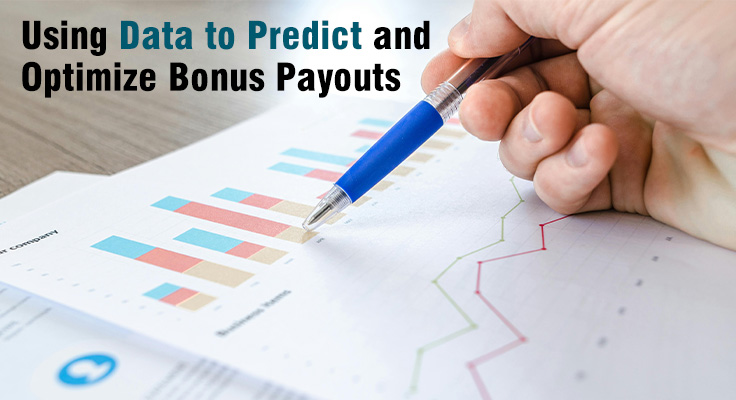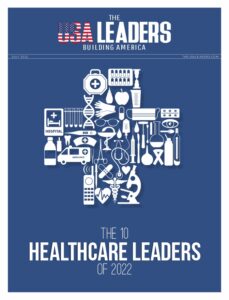Bonuses in most companies have been pegged to yearly performance appraisals, revenues, or at the discretion of the executive. Although these methods have their benefits, they tend to be imprecise and do not necessarily align rewards with measurable results. Analytics and predictive modeling are helping companies to sharpen their bonus distribution practices as the business environment becomes more competitive and data-driven.
The ability to examine performance indicators, predict results, and define trends enables organizations to reward their employees in a more objective and sensible manner. The use of data allows the company to customize the payouts to not only inspire the employees but also guide the business.
Leveraging Predictive Analytics
Predictive analytics relies on past performance records, market trends, and behavioral patterns to project future outcomes. With regards to bonuses, it can be seen as the prediction of which groups, positions, or employees are the most likely to reach some goals and rewarding them.
As an example, predictive models can be used in sales departments to determine which employees have the best chances of meeting and surpassing quotas based on historical performance and client engagement rates and pipeline health. Operations teams can evaluate efficiency ratings and completion rates on projects to know who is adding the most value. When bonuses are tied to such forecasts, companies not only reward success but also reinforce practices that help lead to long-term success.
From Measurement to Motivation
The actual strength of data-driven bonus distribution is that it allows for associating measurable performance with tangible rewards. In cases where the employees are able to visualize a direct relationship between what they do and the amount they can receive as a bonus, motivation tends to go up.
Information helps alleviate some of the confusion that can arise from traditional performance reviews. Rather than asking why one of their colleagues received a better payout, employees can consult certain metrics that contributed to the decision. Such transparency can help decrease resentment, enhance trust, and foster a more performance-oriented culture.
Balancing Accuracy and Fairness
Although predictive analytics can make the process more accurate, care should be taken to ensure the models being used are fair and without discrimination. An excessive focus on certain metrics can be detrimental to employees in positions where they are less easily evaluated. For example, customer service workers may not directly generate revenue, but they are crucial in maintaining retention and brand image.
That is why optimizing the bonuses requires a combination of quantitative and qualitative data. The figures can tell a powerful story, although they must be complemented with the insights of managers, peer opinions, and knowledge of the organizational objectives. Finding this balance means that bonuses are awarded for both quantifiable outputs and intangible efforts.
Statistics and the Greater Good
The analytics used in bonus strategies also enable companies to measure trends in a broader scale, such as the cost-effectiveness of rewards programs overall. Return on investment is also a way for businesses to understand whether bonuses are yielding the expected results in terms of productivity, retention, and engagement. It assists the leaders to perfect their strategy as each year goes by, so that reward systems change with the priorities of the company.
Smart allocation of resources may be achieved through the ability to measure the effect of bonus strategies over a period. As an illustration, when statistics reveal that some bonus systems result in increased turnover, they can be modified to focus on aspects that encourage loyalty. Likewise, when some teams react better to non-cash incentives, the results can be used in future planning.
Agile Adjustments via Real-Time Insights
Real-time analytics is one of the most promising trends in bonus optimization. Companies will be able to continuously track performance and make adjustments to bonus allocations in real-time, rather than waiting quarterly or annually to review performance.
Tracking in real-time enables leading figures within the company to identify and reward performance immediately, which has the potential to significantly boost morale. This strategy can also enable swift course adjustments in case performance starts to fall behind. Such flexibility may be the distinction between hitting targets and failure in industries where market conditions change rapidly.
Incorporating technology in Bonus Planning
Data is becoming increasingly easily integrated into reward systems, thanks to modern HR and business intelligence tools. Platforms are able to draw data out of various sources, such as sales software, project management tools, customer satisfaction surveys, and integrate it into one dashboard to analyze.
For example, machine learning algorithms can identify patterns that may not be apparent to humans, such as subtle correlations between team collaboration metrics and project success rates. Making these insights visible, technology can not only provide information on how to distribute bonuses but also identify areas for training, process improvement, and strategic change.
Preventing the Possible Pitfalls
Although the benefits of using data to plan bonuses are apparent, there are traps. Models that are poorly designed may yield misleading results, and overly complex systems may not be well received by employees who believe they may not understand how their bonuses are calculated. Communication and transparency are thus needed.
The workers must be informed of the methods for data gathering, the metrics to be considered, and how these aspects influence decisions about payout. Ensuring transparency in the process will make the utilization of data be perceived as a way of fairness and not control.
With further development of technology, it is also possible that data-driven bonus systems will become even more complex. The improved AI will enable more personalized rewards to recognize individuals in accordance with their preferences and performance patterns. This might imply bonuses that not only consider quantifiable results but also take into account what motivates each employee.





















